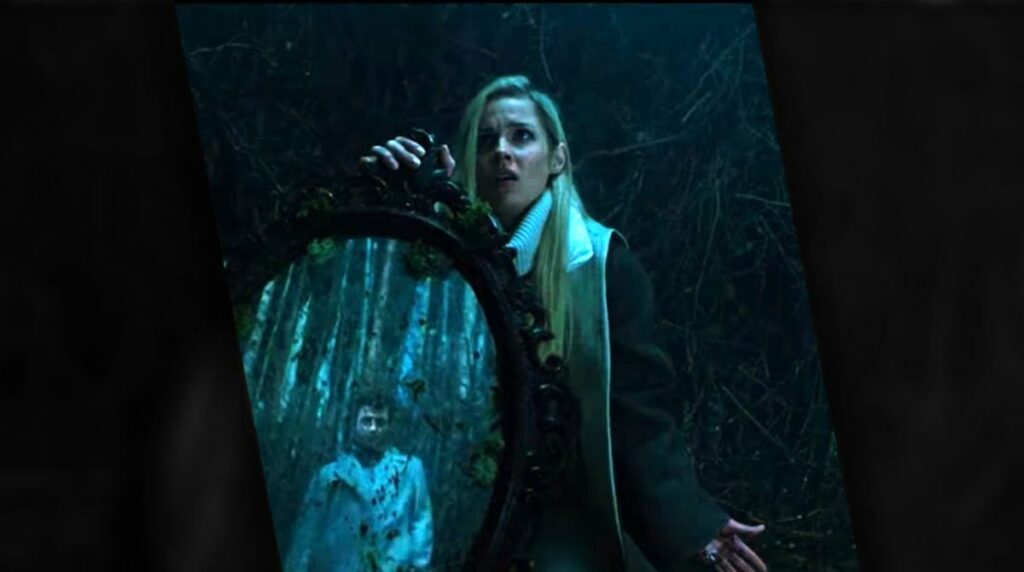Succubus (2024): An Erotic Horror Reflecting Digital Age Fears
Succubus (2024) is a haunting blend of supernatural folklore and modern psychological horror that explores the dangers of loneliness, temptation, and digital seduction. Directed by R. J. Daniel Hanna, the film tells the story of Chris, a struggling husband and new father who finds himself emotionally adrift. In a moment of weakness, he turns to a dating app and matches with a mysterious and seductive woman named Adra. What begins as an innocent flirtation quickly spirals into a terrifying descent, as Chris discovers Adra is not human—but a succubus, a demonic entity that feeds on desire and despair.
The film opens with a “screenlife” style, using video calls, texts, and dating profiles to reflect the cold, impersonal nature of modern relationships. This format immerses the viewer in the digital world Chris is drawn into. His connection with Adra starts with casual chats and escalating flirtation, but soon becomes all-consuming. His physical health deteriorates, his family life unravels, and reality begins to blur. Brendan Bradley plays Chris with a fragile intensity, capturing the quiet desperation of a man teetering between guilt and obsession.

Rachel Cook, in her breakout role as Adra, brings both sensuality and menace to the screen. Her portrayal is hypnotic—at times gentle and alluring, at other times feral and terrifying. Her presence dominates every scene she appears in, embodying both the fantasy and the nightmare of temptation. Ron Perlman also makes a memorable appearance as Dr. Zephyr, an enigmatic figure who warns Chris about the danger he’s invited into his life.
As the story unfolds, the film shifts from a slow-burn psychological drama into visceral horror. Dreamlike sequences, disturbing visions, and grotesque body horror mark the second half of the film. Director Hanna makes use of mirrors, shadows, and surreal imagery to emphasize themes of duality, self-deception, and the loss of control. The forest setting in the final act—dark, misty, and claustrophobic—serves as a stark contrast to the sterile digital world of the first half.

The production design and atmosphere are noteworthy, creating a sense of unease even in quieter moments. While the film has been praised for its bold visuals and thematic ambition, it has also received criticism for uneven pacing and occasional plot holes. Some viewers also noted awkward dubbing in certain versions, which may affect the immersion for some audiences.
Nevertheless, Succubus stands out for its unique take on horror in the age of smartphones and dating apps. It explores how emotional vulnerability can be exploited in the digital era, and how fantasy can quickly become a trap. The succubus here is not just a mythical demon, but a metaphor for the dangerous illusions people chase in search of validation, escape, or connection.
In conclusion, Succubus is a stylish, disturbing, and thought-provoking film that merges ancient myth with modern fear. While it may not appeal to everyone, it offers something rare in contemporary horror—a chilling reflection of our own digital desires and the dark places they can lead.


